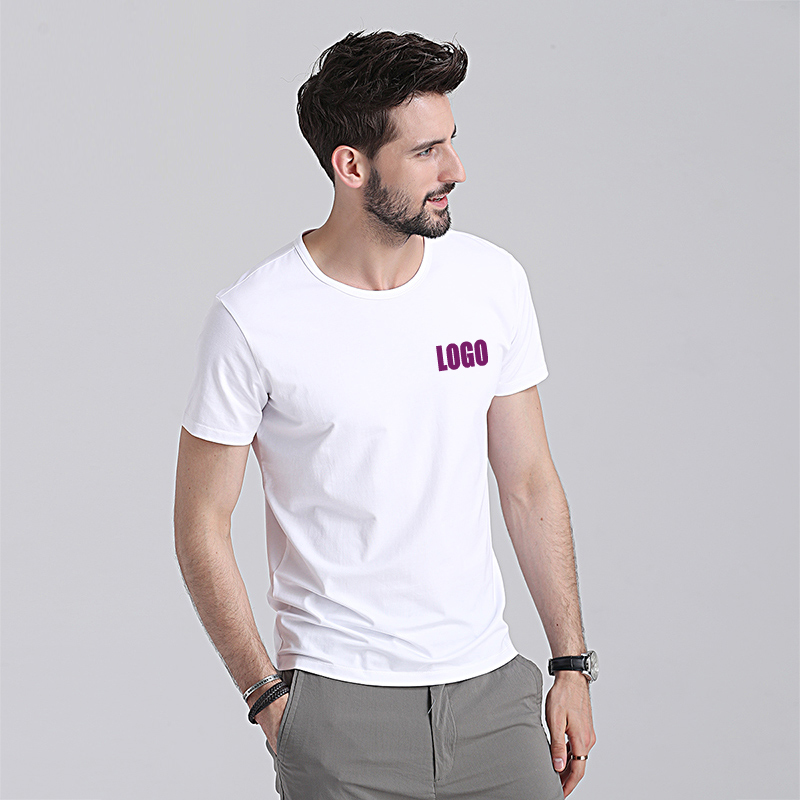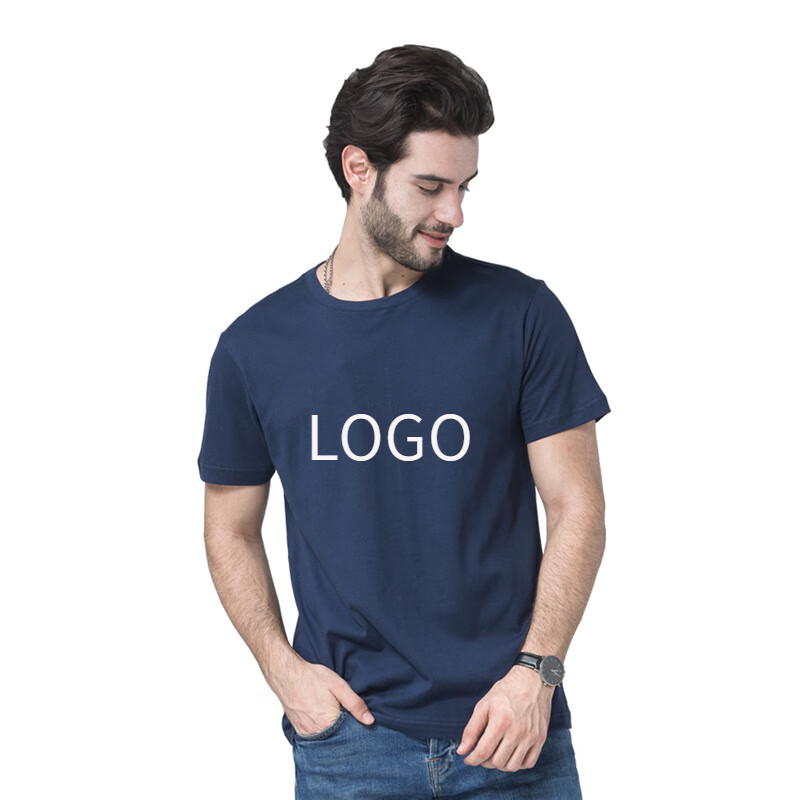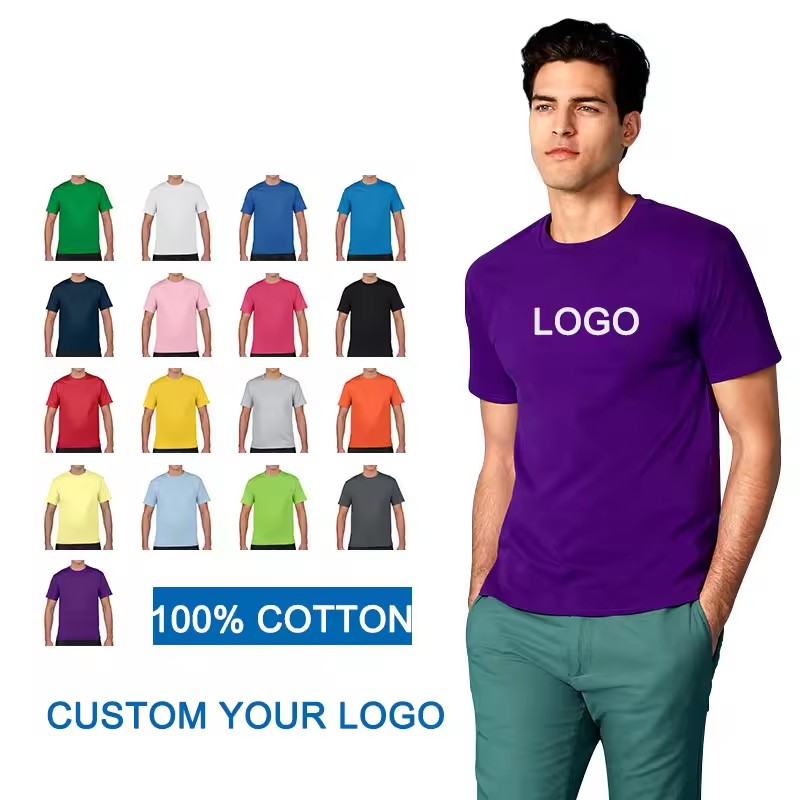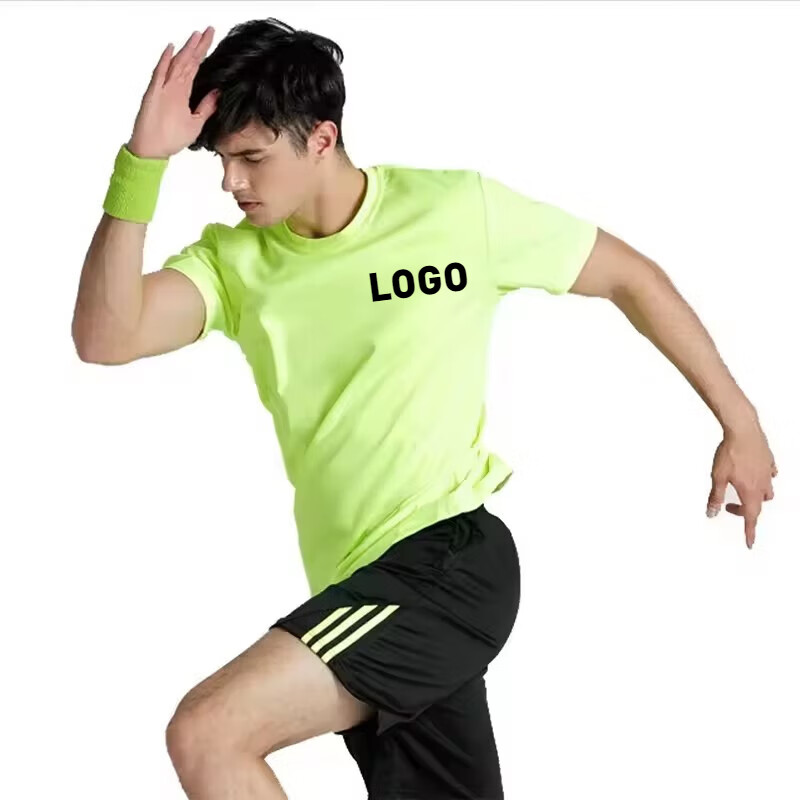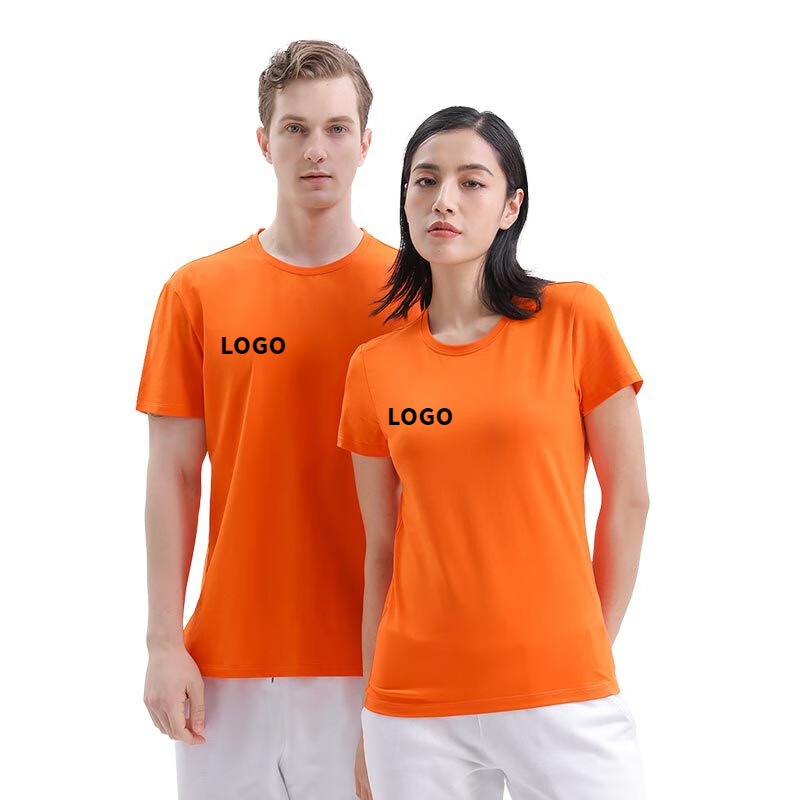The Complete Manual for Customized T-Shirt Printing Methods
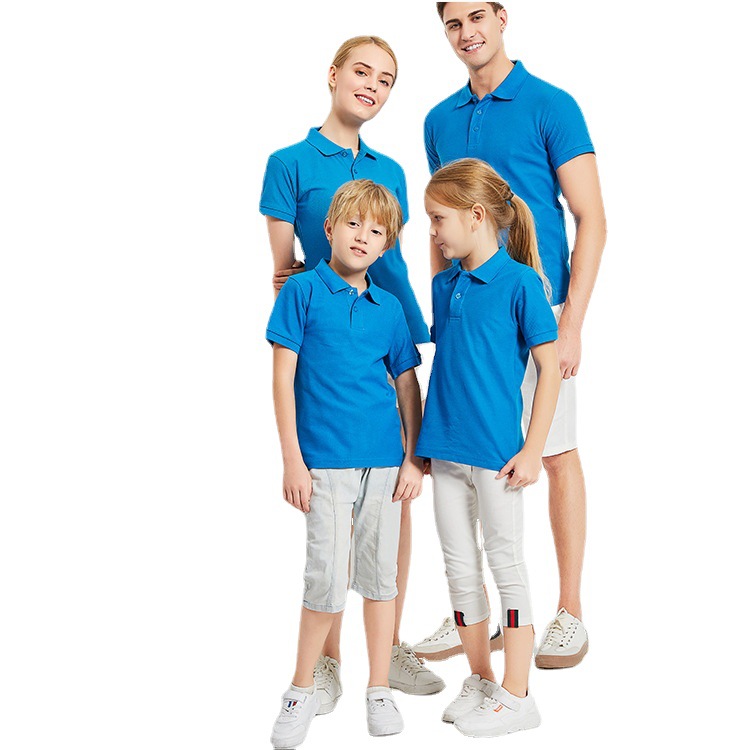
In the modern world, Customized T-shirts are becoming a common way for people to express themselves, promote their brands, and even make fashion statements. Achieving the desired appearance and quality requires using the right printing technology, whether you are a corporation or enterprise producing promotional T-shirt items, a designer starting your own product line, or an individual wanting to make unique T-shirt gifts. This article will examine a number of widely used printing methods that are useful for personalizing T-shirts, each with a sufficient range of applications and benefits of its own.
1. Screen printing
Screen printing is not only the most classic method for customizing T-shirts, but also one of the most widely used methods. It requires creating a template for each color in the design, and then applying multiple layers of ink to the fabric through the template. Here are his advantages:
During screen printing, the colors are very bright and vivid, making them stand out on any fabric. And it is very sturdy, creating durable creative designs with thick ink layers that can withstand multiple washes.
Considering the cost-effectiveness of bulk orders, it is very suitable for large-scale orders, as the cost of each T-shirt will decrease with the increase of the batch.
Notably, because each color needs its own printing screen, designs with fewer colors still work best when using limited color schemes.
When installation expenses are taken into account, smaller orders or one-time designs become less cost-effective..
2. Directly to clothing (DTG) printing
Direct to Clothing (DTG) printing is a relatively new technology nowadays, and its working principle is similar to that of an inkjet printer for T-shirts, combining screen printing and inkjet printers. This design uses specialized water-based ink to directly print on fabrics. His advantage is that he can be used
Unlimited colors, allowing for the use of various complex details or gradient full-color printing, are all very convenient, and there is no minimum order limit, making them very suitable for small batch or single piece custom T-shirts. The printed product has a very soft feel because the ink is absorbed into the fabric, forming a smooth and soft surface. It is worth noting that DTG printing may fade faster than silk screen printing and is not very durable, especially without proper care. He is still the most suitable for light colored cotton fabrics, although good progress has been made in dark and synthetic materials.
3. Heat transfer printing
Heat transfer printing is undoubtedly the fastest and most convenient printing method currently available.Through the use of machines, artistic designs are transferred into T-shirts using pressure and heat. Special transfer paper or vinyl, which sticks to the cloth when heated, is needed for this process. Printing on a variety of materials and for a wide range of patterns, including intricate multi-colored graphics and photographs, is possible with heat transfer printing. It is very versatile and produces clear, detailed, and brightly colored designs after printing, which looks like a lively result. And its installation cost is low, making it very suitable for small orders or customized disposable designs. But it may be a bit less durable, and heat transfer printing may crack or peel over time, especially after multiple violent washes, which can result in a thicker and less breathable feel when printed on fabric. He is more suitable for designing designs that are relatively small or large and spacious.
4. Vinyl cutting
Vinyl cutting is a technique of cutting and printing designs from colored vinyl sheets using a plotter. Then the cut vinyl is hot pressed onto the T-shirt by a machine, forming a very clean and durable design. His advantage is that the vinyl design is very durable, resistant to fading, cracking, or peeling.
Durability is very good, best suited for simple designs in solid colors, and ideal for text or logos. And the production time is fast, which is also very suitable for small batch production with relatively fast turnover time. It is worth noting that vinyl cutting is not suitable for detailed or multi-color design, as each color must be applied separately. The creative design for complexity is limited, as an additional layer of vinyl is added to the fabric, which may feel a bit hard to the touch
5. Sublimation printing
Sublimation printing is a unique technology that first uses sublimation ink to print creative designs on special sublimation paper. Then, the machine will heat press the paper onto the T-shirt, where the ink instantly turns into gas and fully combines with the fabric.He mixed ink into the fabric to produce a vivid, long-lasting design that won't chip or fade with time. In addition to being breathable and gentle to the touch, the permanent design of the t-shirt also adds no texture to the fabric because the ink is embedded in the fabric. Sublimation printing is very suitable for full body printing and complex designs, and can achieve full body coverage. It is worth noting that sublimation printing is most suitable for white or light colored polyester fabrics. Therefore, it is not suitable for cotton or dark colored fabrics. All of it can only be used for polyester fabrics, it requires special materials and ink, and the cost is higher, usually more expensive, so it is a large-scale production.
6. Embroidery involves using machines to directly embroider and sew thread designs onto T-shirts. Although it is not a printing technology in itself, it is a popular way to add logos, text, or simple designs to clothing nowadays. Embroidered fabrics have a more sophisticated appearance, not only adding texture and high-quality surface, but also looking professional and luxurious. The embroidery craftsmanship design is very durable and wear-resistant, and it doesn't matter if it is washed for a long time.
It is an ideal choice for logos, usually more suitable for corporate brands, logos, and letter combinations. But he is not very suitable for complex or highly detailed designs.
Due to higher costs, all printing techniques will be more expensive than most, especially for large or complex designs.
Embroidering on fabric through stitching increases the weight of the fabric, which may not be comfortable for large designs.
7. Discharge printing
At present, discharge printing is a relatively special process technology that involves using laser machines to remove dyes from fabrics in creative design areas, leaving behind lighter colors. In some cases, the removed dye may be replaced with a new color. Discharge printing embeds the design into fabric, providing a softer and warmer touch without increasing texture or weight. Created a soft retro appearance that is very popular in fashionable T-shirts.Additionally, it works great for coming up with original design concepts for dark T-shirts. However, he is only able to produce lighter designs with fewer color selections on dark textiles.
His method is quite intricate, requiring workers to exercise perfect control, and the end color may not always match up.
In summary
When personalizing T-shirts, the printing process selection is essential to getting the desired result. Depending on your priorities—bright colors, robustness, affordability, or a luxurious look—you can choose a printing technique that works for you. By realizing the advantages and limitations of each technology, you can make wise decisions that align with your brand, budget, and creative vision.


